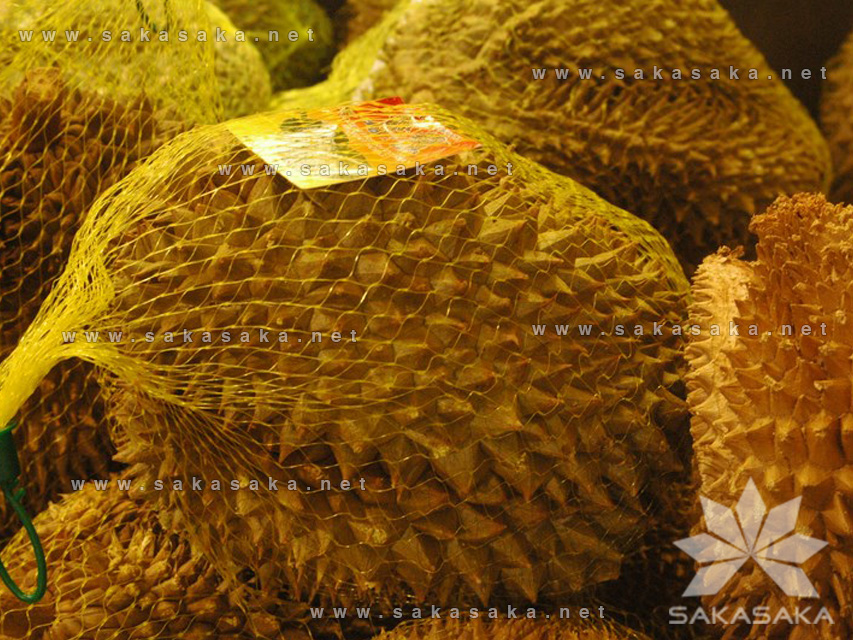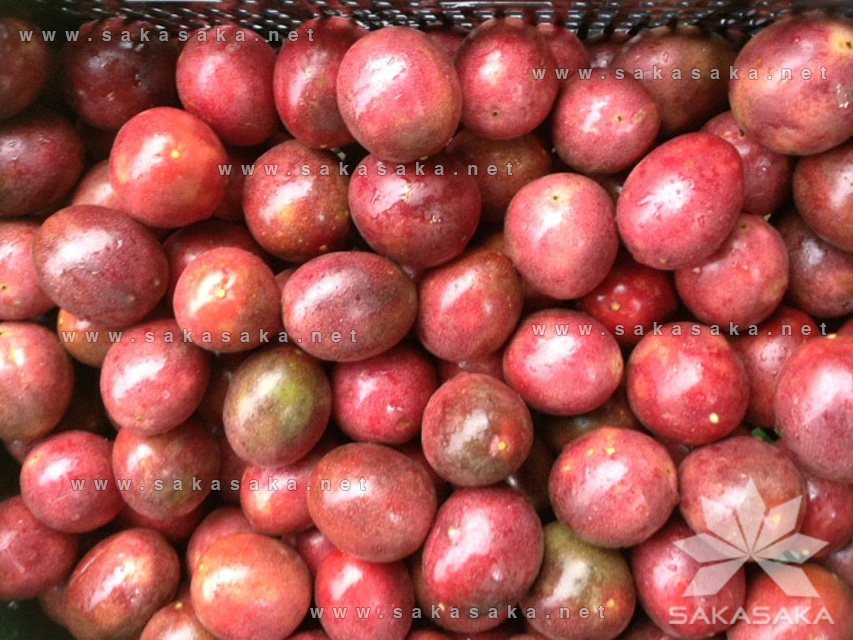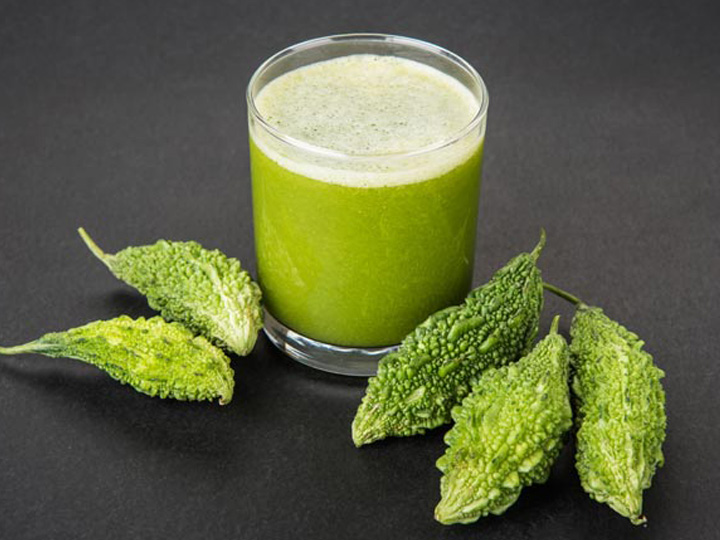We would like to announce that SAKA SAKA Co., LTD will be closed from Feb. 12th, 2018 to Feb. 20th, 2018 for the Lunar New Year Holiday. We will resume working on Feb. 21st, 2018. We wish you and family a New Year full of Happiness, Prosperity and Good Health.

The Vietnamese New Year – Tet Nguyen Dan – follows the same antojo calendar that governs Chinese Beginning of the season celebrations worldwide. So on the same day the world celebrates Chinese Fresh Year, the people of Vietnam celebrate Tet.
The Vietnamese consider Tet to the most crucial one in their considerable festival lineup. Family members members gather in their hometowns, traveling from across the country (or the world) to spend the Tet holidays in each other’s company.
See more: Traditional Candied Fruits For Lunar New Year – Tet
Contrary to popular belief, foreign guests can and do become a member of in the Tet fun. In the next few chapters, we describe the significance of the vacation, places that toss the best Tet parties, and survival techniques for Tet tourists.
How the Vietnamese Observe Tet
Tet Nguyen Kemudian translates literally to “the first morning of the first day of the new year”. Well before Tet, Vietnamese try to eliminate any “bad fortune” by cleaning their homes, buying new clothes, resolving disputes, and paying their debts.
The following activities on Tet Holidays:
Spending their respects. Like the Chinese, the Vietnamese think that Tet marks the time when your kitchen Goodness reports on their family to the Jade Chief. Family members attempt to propitiate your kitchen The almighty by burning gold tea leaf paper and offering carp (live, located in a bucket of water after the family altar) for him to ride.
Vietnamese also pay tribute to their ancestors throughout Tet.
Each mid-day, for the duration of 2012 week, offerings are positioned on the household altar and incense is burned in memory of the left.
Courting Lady Luck. Within the stroke of midnight, as the old year becomes into the new, Japanese usher your old 12 months and welcome the new Kitchen God, beating plats and lighting firecrackers.
The Vietnamese assume that one’s good luck in the complete year can be determined by auspicious (and not-so-auspicious) events during Tet. Thus Vietnamese will endeavour to even the chances.
Barking dogs inspire self confidence in the New 12 months, so dogs ought to sound off. Hooting owls are viewed as an unlucky omen. The wealth of the first-person through the door on Beginning of the year reflects the family’s luck for the season to come, so the rich and popular are invited to one’s home.
Visiting family and friends. On Tet, families lay down out a marvelous party to welcome visiting family members and friends. Family and friends also exchange products during the visit. Following the guests have been feted, the family goes off for their respective places of worship (Christian or Buddhist) to pray for the year to come, or join in the numerous open public parades celebrating the festivity.
The first few days and nights of Tet are designed to be spent browsing friends and relatives. Can be is spent calling after close friends and one’s parents. The next day, Thai call on their granparents and other friends. And on the third day, people call after their distant relations.
Tet legally ends on the 7th day, marked by monster processions stalking the roadways.
5 fruits tray on Tet holiday
About Tet, the five-fruit holder (Mam ngu qua) is an integral part on every Vietnamese family’s ara during Tet. It symbolizes the reminiscence of folks to their ancestors, as well as symbolizes wishes for a happy new yr.
Five-fruit tray, like their name, is a dish with 5 different vegetables of different colors, viewed in a careful and artistic way. Each berries symbolizes 1 wish for Beginning of the season of the family. What type of fruits are within the tray varies from one region to another anticipated to dissimilarities in weather, fruit crops and custom.
In Northern Vietnam

North Vietnamese display the five-fruit tray according tofive basic elements of the Asian philosophy: metal, wood, normal water, fire, and earth. Every factor has a personal color, and people choose fruits due to this color. The fruits must be carefully selected and well organized on the tray to create the pretty effect of blending colors.
Five-fruit tray in the North often has: banano, pomelo, peach, mandarin, and persimmon. The traditional way to display them is putting a bunch of bananas in the lower side to create a framework; putting a pomelo on top of the plums; other fruits are prepared around. Families sometimes can put more than 5 fruits onto the rack to make it more abundant like: grape, freezing, apple, etc.
Inside the central of Vietnam

In contrast to choosey Northern people, people here don’t pay much intention on the aesthetic of the tray. Rather, they think it is people’s sincere gratitude towards their ancestors that things the most. That is why the five-fruit holder in the central of Vietnam usually features local fruits, and differs among families.
Most popular fruits and veggies here are: Dragon berries, watermelon, pinapple, and fruit.
In the Southern Vietnam

Southern people has a very popular desire a wealthy New Year: “Cầu sung vừa đủ xài“. So, each uses the fruits that contain names consist of 5 words because wish to display on the dish. For example: papaya-“? circumstance?? ” (has the term “?? ” in the name) is one of the 5 chosen fruits and vegetables . The other 4 are: coconut, fig, mango, and custard apple. Besides, people often display pineapples and two watermelons on the altar to wish for luck.
Although five-fruit tray’s preparation varied among parts, the utter meaning of showing gratitude to forebears stays regular throughout the country. It is a beautiful cultural feature of the Vietnamese people.








